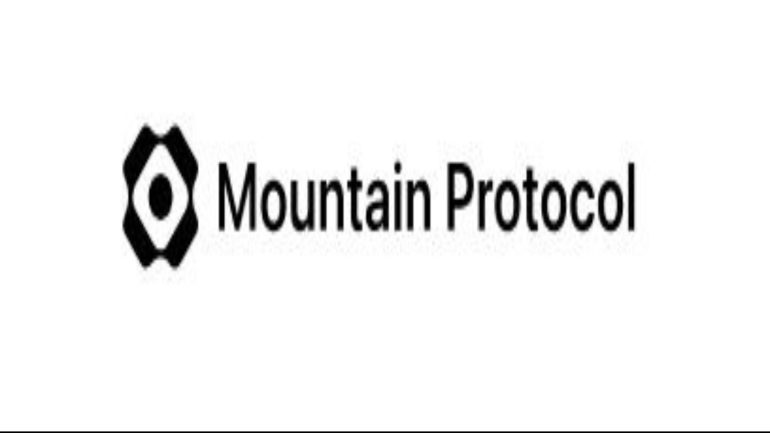Mountain Protocol, a digital asset protocol licensed by the Bermuda Monetary Authority, has launched what it terms the first nationally-regulated, yield-bearing stablecoin called UDSM. The ERC-20 token was developed to provide users outside the United States with access to U.S. Treasury rates and is compatible with a wide range of DeFi protocols.
The strategy behind USDM
The USDM reserves are assets kept in separate bank accounts in the event of bankruptcy that fully back the USDM token. Currently, USDM only has native blockchain support on Ethereum; however, there are future plans to provide support for additional blockchains. Mountain Protocol is keen to leverage its status as a licensed financial institution and has partnered with notable names as Zappelin, Fireblocks, Coinbase Ventures, and Chainalysis.
The company says that USDM reserves consist only of short-term US Treasuries, the least risky asset class denominated in US dollars. In order to reduce counterparty risk, these reserves are structured differently from most fiat-backed stablecoins. The yield from short-term US Treasuries is passed through by Mountain Protocol, giving users a moderate and extremely secure return on their USD holdings.
If you have a Mountain Protocol account that is active (primary user), you can buy USDM from the company without ever leaving the platform. Primary Users must be legally registered enterprises in one of the countries Mountain Protocol serves.
If you are a secondary user interested in USDM, you can get them from Primary Users, from other Secondary Users, or through decentralised exchanges. Users at either end of the transaction chain have complete freedom to move, deposit, and interact with USDM using any protocol that supports the ERC20 token standard.
Every day, no matter where USDM is held, it will rebase and gain new tokens. The USDM Reserves are stored in an off-site location, with collateral proof of reserves, third-party attestations, and regulatory oversight in the event of a bankruptcy.

